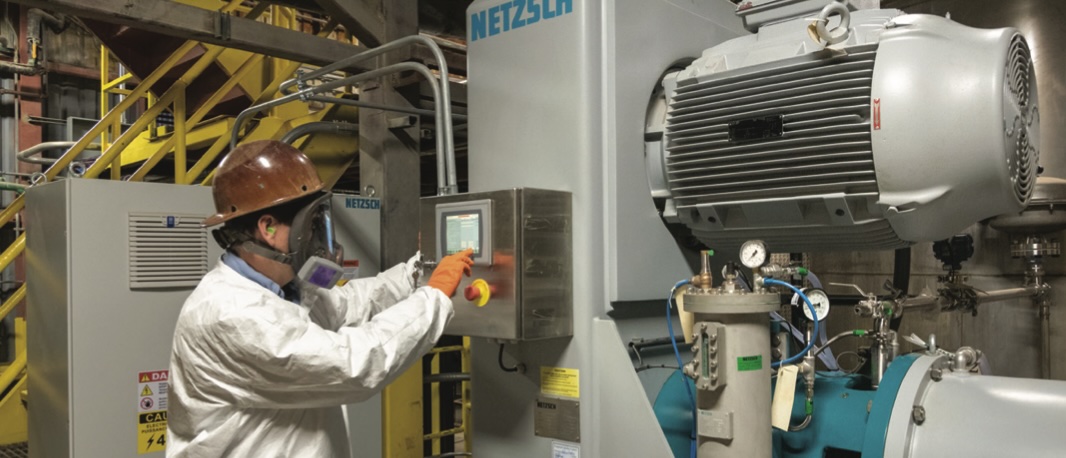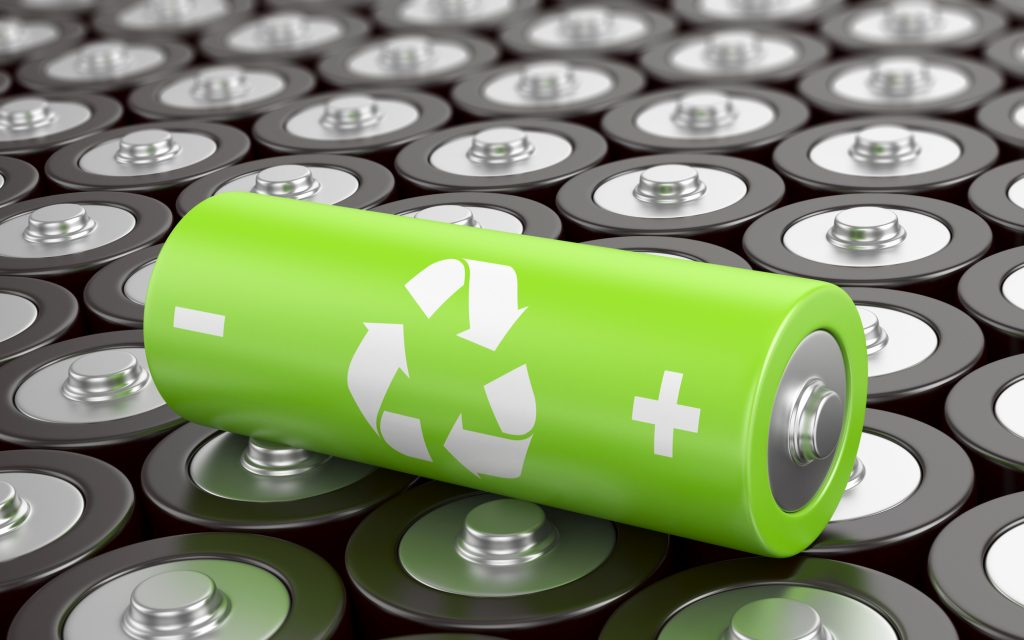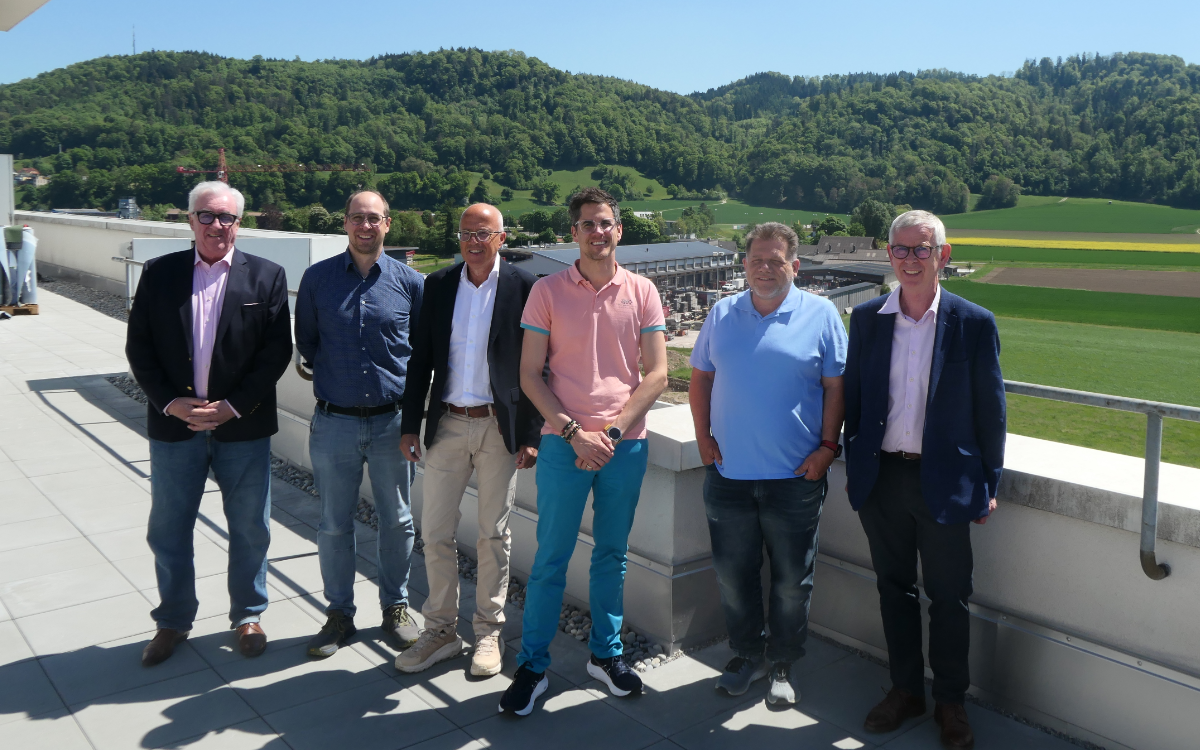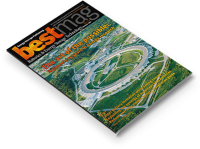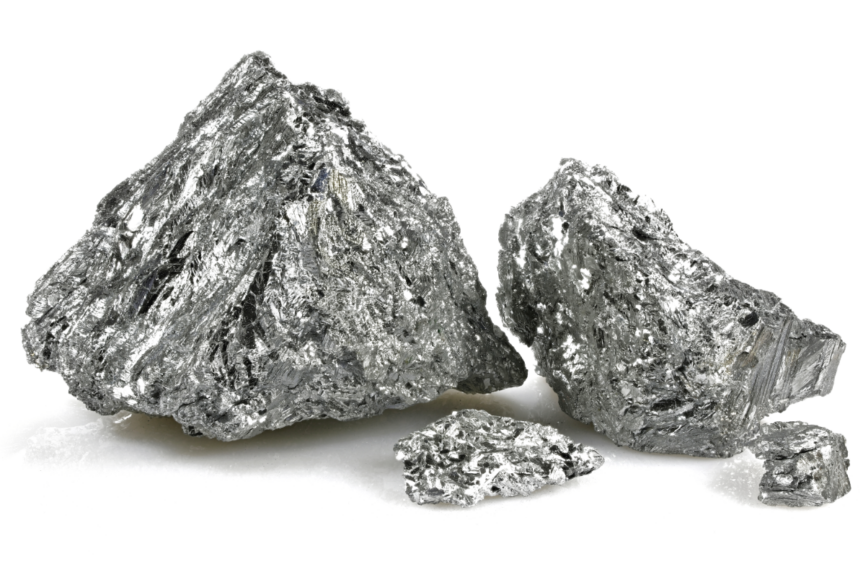New research from Hammond Group shows its lead silicate innovation can improve CCA cold cranking performance, 2C capacity and extend 17.5% partial state of charge (PSoC) cycle life.
The US company’s lead monosilicate material (LMS), GravityGuard, enables batteries to achieve reduced acid stratification in flooded batteries, especially when subjected to partial state of charge cycling regimes. It won the2021 BCI Innovation Award for this work.
In a paper to be presented by Marco Robotti from Hammond’s UK facility at next month’s European Lead Battery Conference in Milan, Hammond said it engaged the Institute of Electrochemistry and Energy Systems of the Bulgarian Academy of Sciences in 2023 to conduct a deeper assessment of the LMS material.
It said new performance benefits were discovered in experiments using 2V/4.5 AH flooded cell configurations:
- three different LMS loading levels (0.5%, 2%, 4%)
- three different LMS particle sizes (small, medium, large)
- PAM limited cells (2p/3n) with PAM loaded LMS
- NAM limited cells (3p/2n) with NAM loaded LMS.
Clear improvement was seen in the CCA (EN) performance, it said, with LMS loaded into the PAM in PAM limited cells (2p/3n) (2 positive plate/3 negative plate). Hammond said this confirmed earlier findings. Improvement was also seen in 2C capacity performance. Both the CCA and 2C performance improvements increase with loading level and track well with the resulting increase in BET surface area and porosity enabled by the LMS.
The small and medium-sized particles showed the greatest impact, it said. It noted that a slight decrease in C20 performance was seen at the highest loading level studied (4%). This can be attributed to the relative percentage weight displacement of lead by the LMS.
In the NAM doped/NAM limited (3p/2n) cells, a significant improvement in 17.5% DoD cycle life (continuous) was found, specifically in cells at the 0.5% and 2.0% loading levels using small and medium particle sizes, it noted.
It believes this is partially due to the ability of the LMS to create localised gel zones that can inhibit stratification in the cell, a common failure mode on this test.
Hammond points out the impact on 17.5% cycle life performance was not significantly affected with the PAM loaded cells, which supports the general view that improvements to the NAM can make significant differences in the overall performance.
Hammond recommends a doping of 2–4% to achieve the greatest improvement in CCA/high rate performance. At the higher doping rates, a slight decrease in low rate capacity (C20) may be seen if the PAM is limiting and the LMS weight is not compensated for, it said. At the higher doping rates (4%) some change in paste rheology may be seen.
Photo: PAM study results indicate small and medium-size particles offered greatest performance advantage. Hammond

